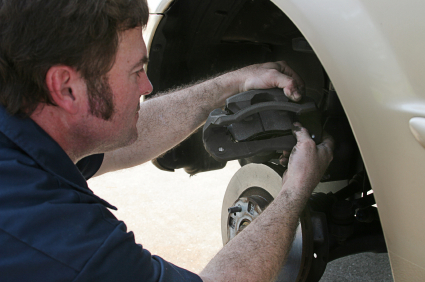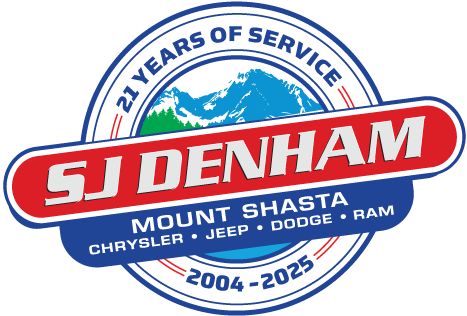Winterizing Your Vehicle: Brakes

Your vehicle can take a beating during the winter months. Cold temperatures make your engine work harder, snow and ice limit traction, and potholes caused by expansion and contraction of asphalt can throw your car’s front end out of alignment.
Because we can’t see into the future, drivers don’t know what car troubles may occur down the road; if we’re prepared, we can prevent potentially hazardous situations. Over the next weeks we’ll discuss actions you can take to keep your vehicle in tip-top shape, even during the coldest months of the year. But first we’re going to talk about brakes.
We use our brakes every day, several times per day, but for many drivers brakes are an afterthought. Eventually brakes wear out and because the process is gradual, we may not notice until it’s too late. To avoid surprises, it’s best to keep up on regular brake checks and maintenance.
If you haven’t had a brake check in the past six months, now would be a good time to do so. SJ Denham’s service advisor, Dale Comer, says, “If your vehicle is new its brakes should be checked about every 12,000 miles. Then, with regular servicing and tire rotation, which is about every 6,000 miles, the brakes should be checked when the wheels are off the vehicle.”
To give you the tools you need to make winter travel safe for you and your family, Dale answers these brake questions:
When most drivers think about winterizing their cars, they don’t think about the brakes. What are some signs that let a driver know they may need new brakes, or at the very least, brake servicing?
Most people will come in if they feel a pulsating or shaking when they press on the brakes, especially when driving downhill. Of course, the most popular sign that something might be wrong is if they hear a squealing noise when they apply the brakes.
We all understand catastrophes can happen if a vehicle’s brakes fail, but what little things can go wrong if they’re not regularly maintained?
If a driver allows a brake problem to go too far, the brakes go “metal to metal” -- a term most people are familiar with. This means the brake pads have worn down and the metal part of the brake pad backing plate is rubbing on the rotors. To fix this problem, the cost of a brake service nearly doubles. If a customer comes to SJ Denham for standard servicing, brakes are checked on a regular basis, so we can identify any potential problems before the brakes get to this point.
And we do have a discounted labor rate for brake service work. Most of our factory brake pads, the Mopar Value Line, carry a limited lifetime warranty on the parts.

What’s included in the standard brake inspection?
A standard brake inspection should include a vehicle road test, an inspection of the brake pads, which includes measuring the brake pads for thickness, checking the condition and level of the brake fluid, and it should include an inspection to make sure there are no leaks in the system.
Most vehicles nowadays have disk brakes all the way around; however, some of the older vehicles have brake shoes in the rear, which are adjustable. On the older model vehicles, the inspection will include checking the adjustment of the brake shoes as well.
Do your brakes need attention? As with all services offered at S.J. Denham, we go above and beyond to make sure your vehicle is safe for you and your family. Head north to SJ Denham Chrysler Jeep and Tire Center on North Market Street in Redding and North to SJ Denham Chrysler Jeep Dodge Ram in Mount Shasta. We look forward to seeing you!

